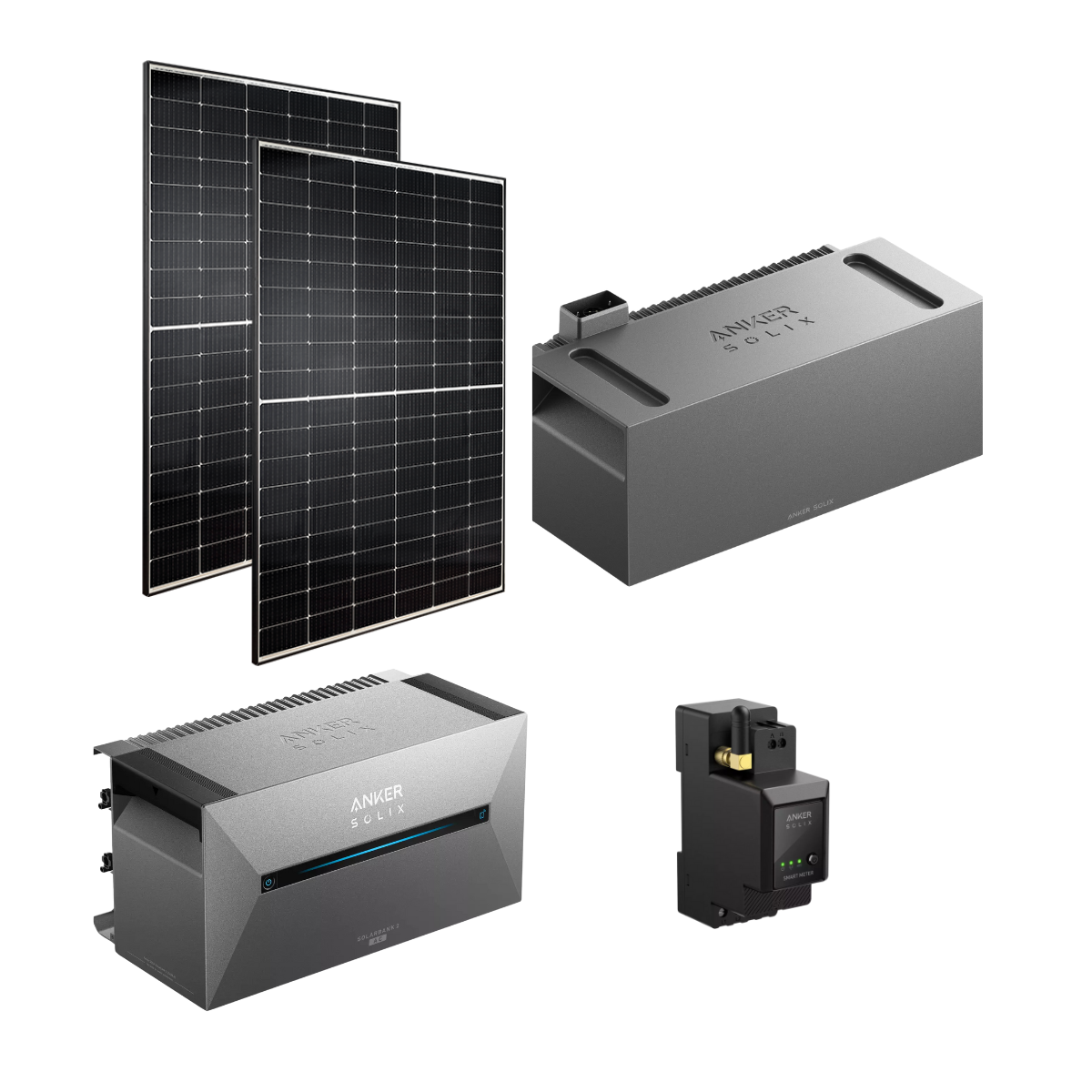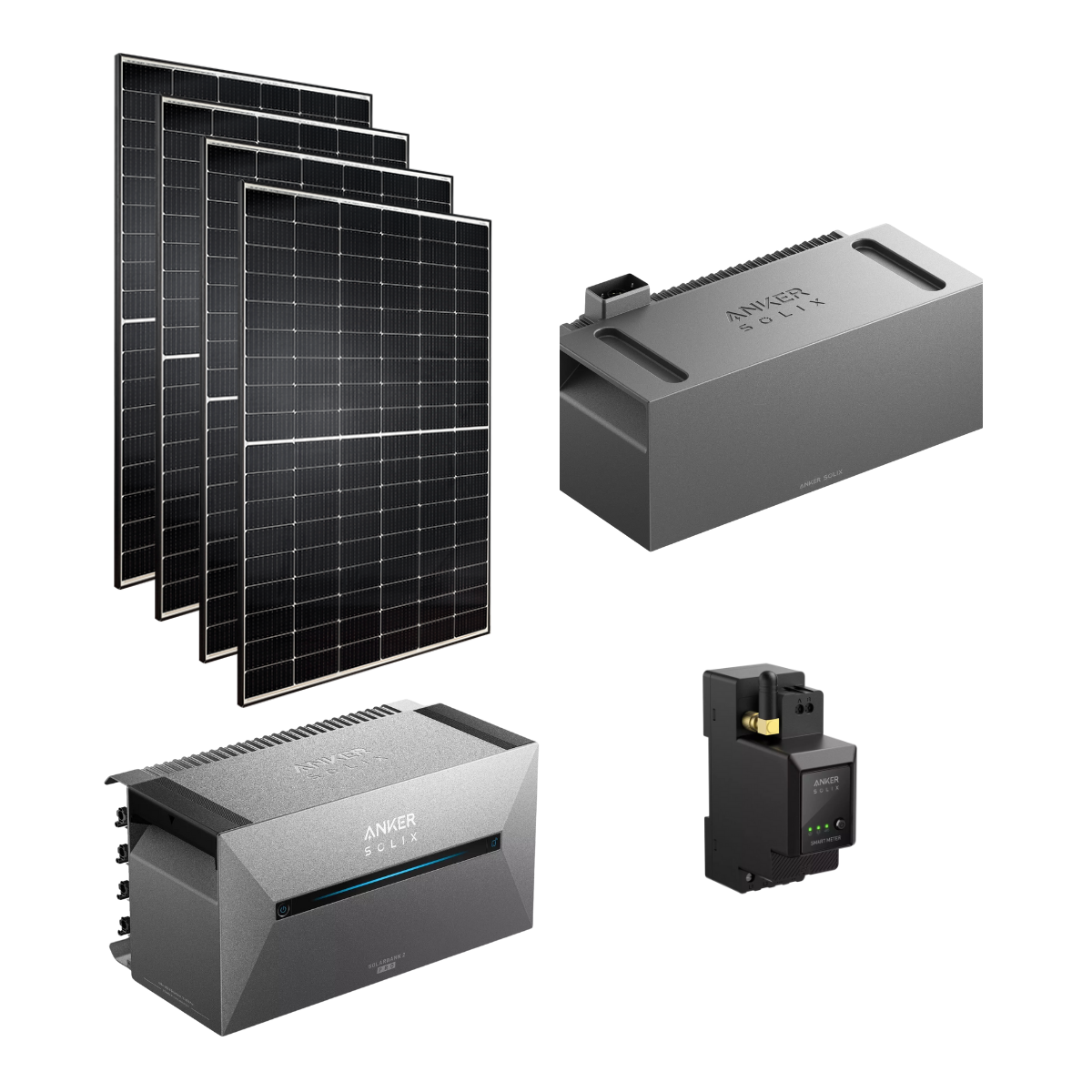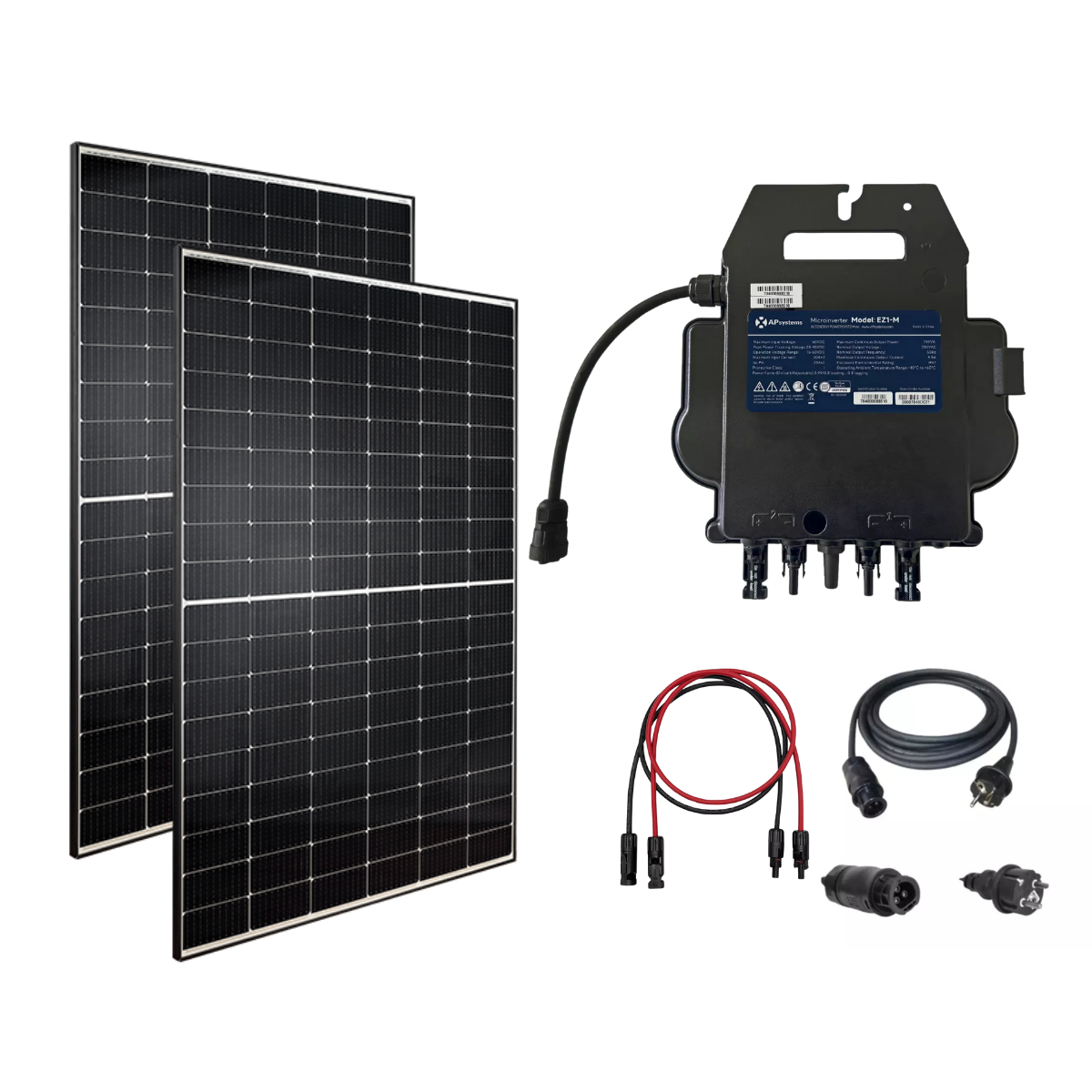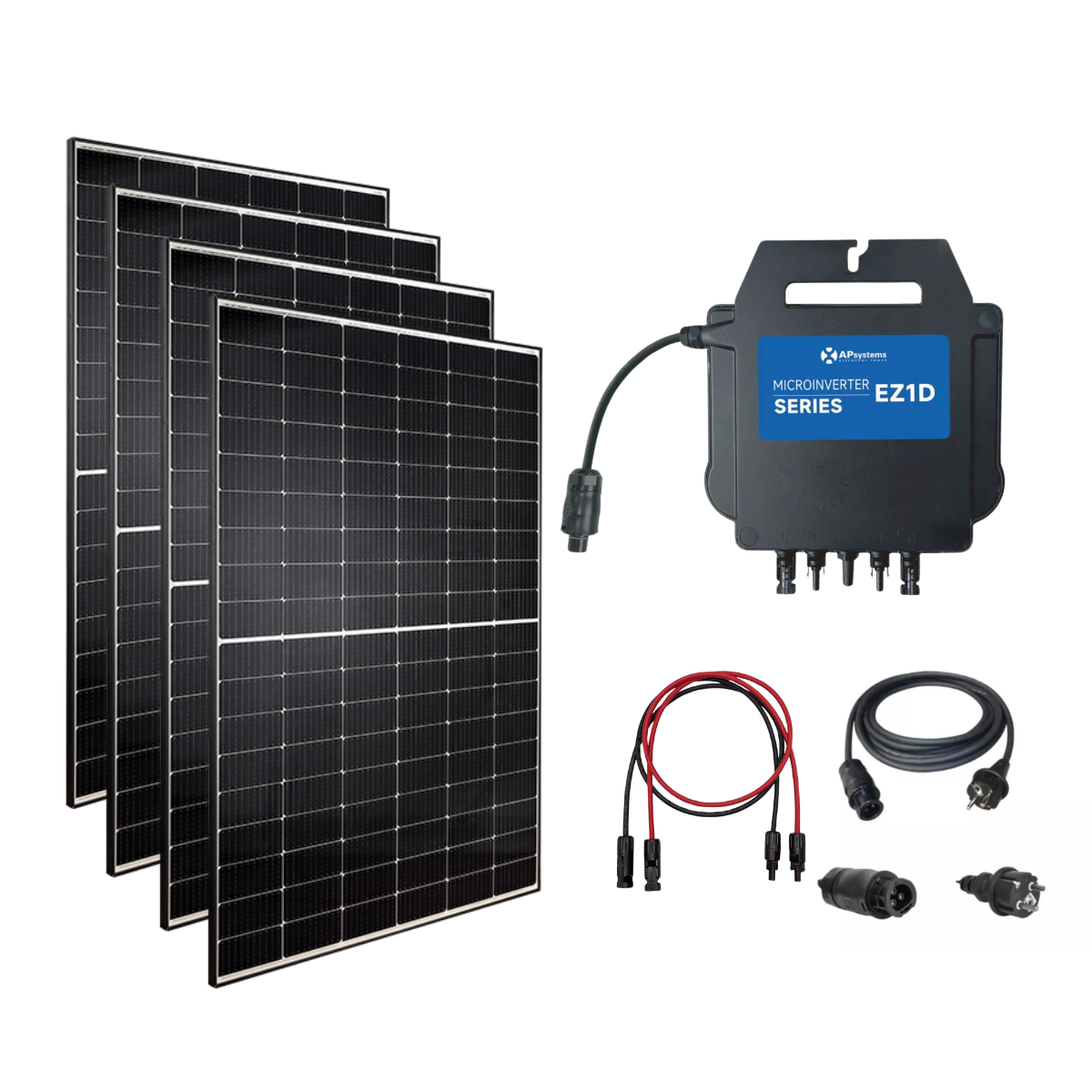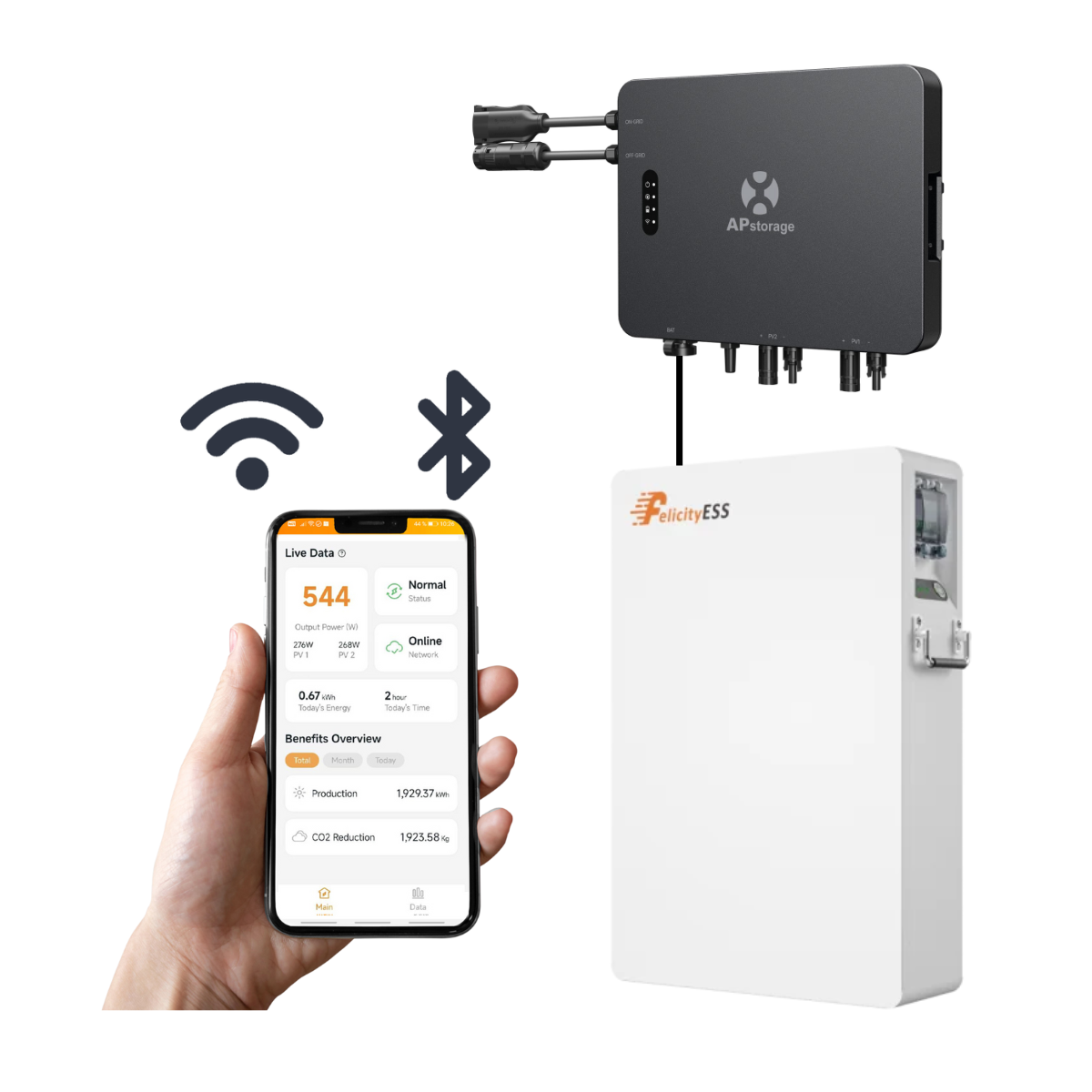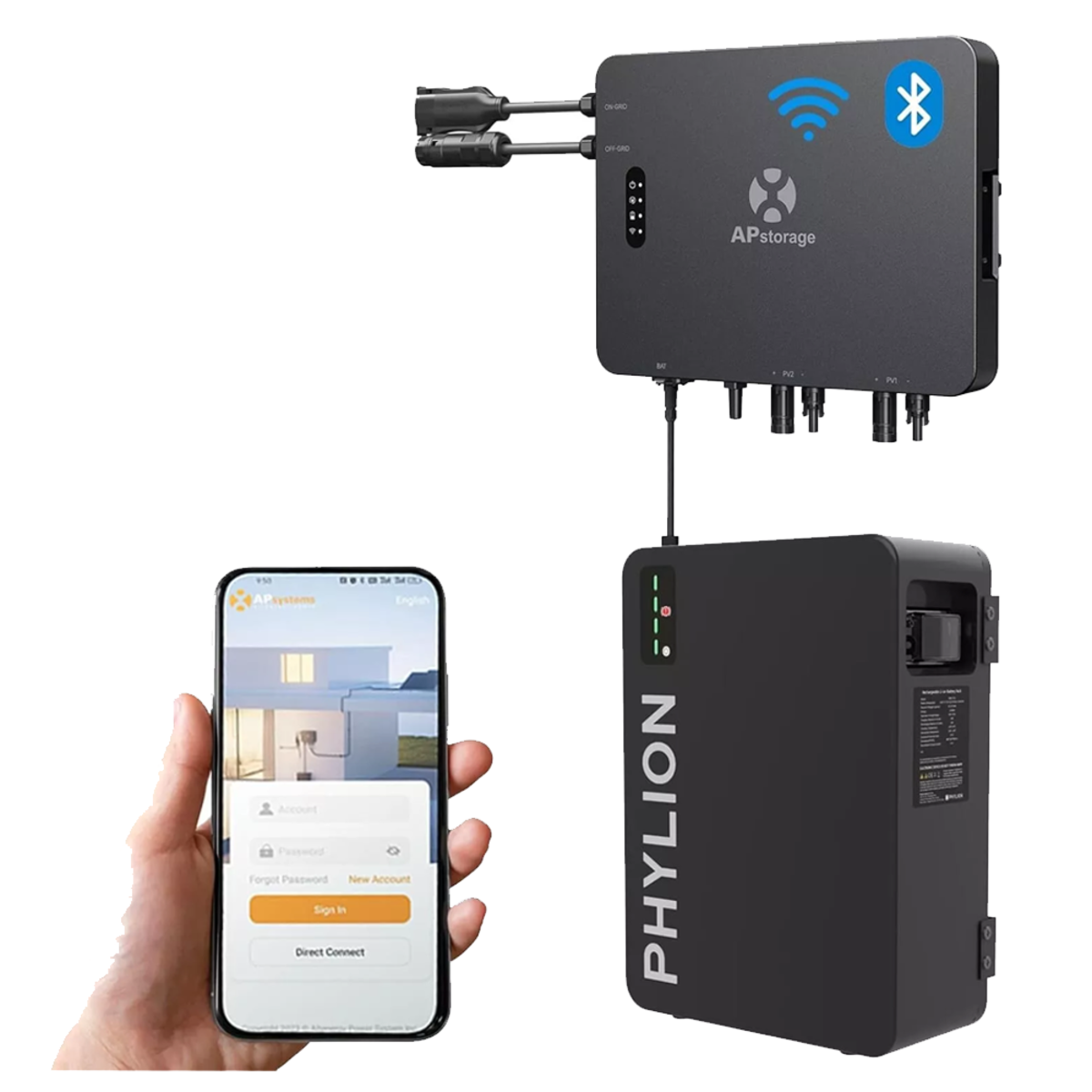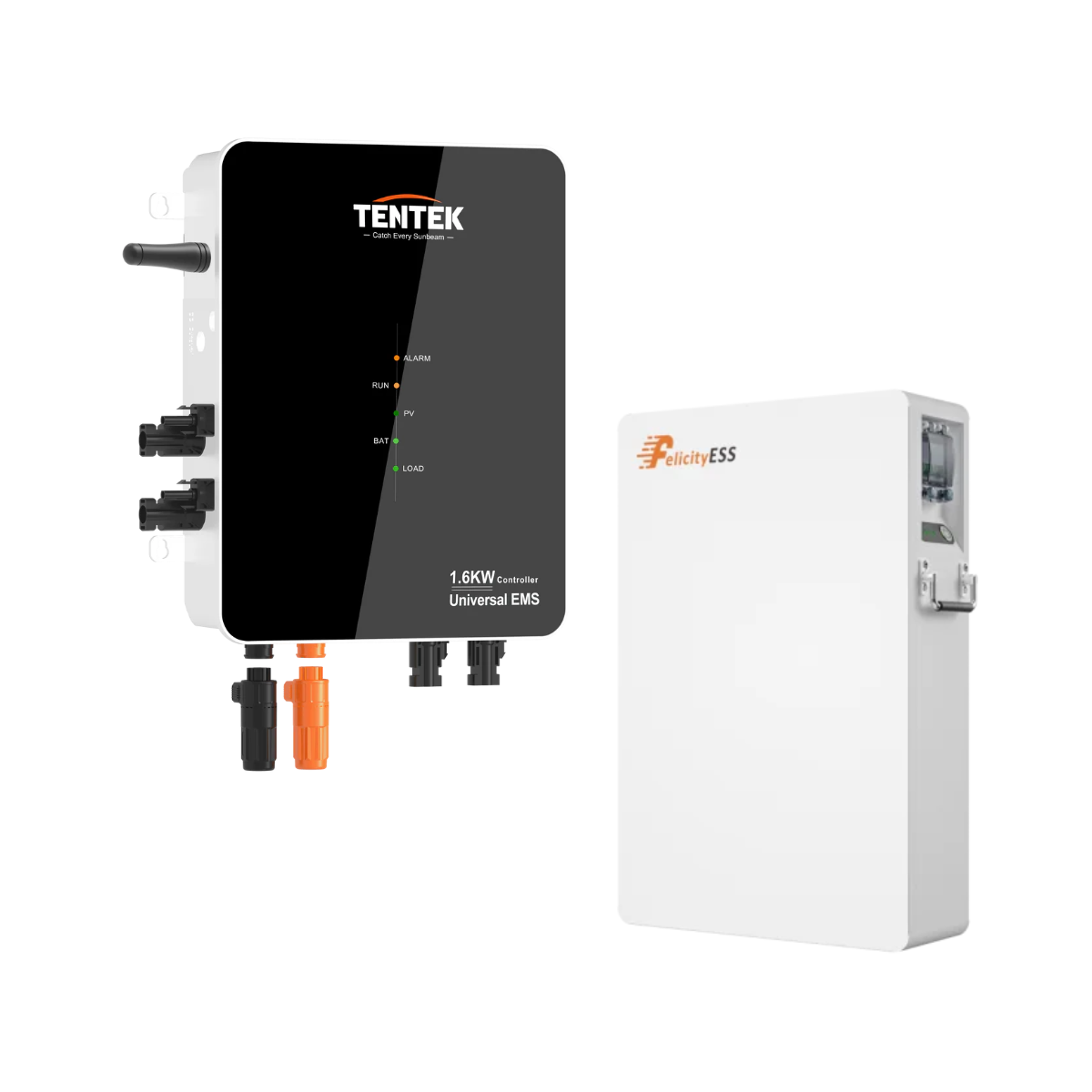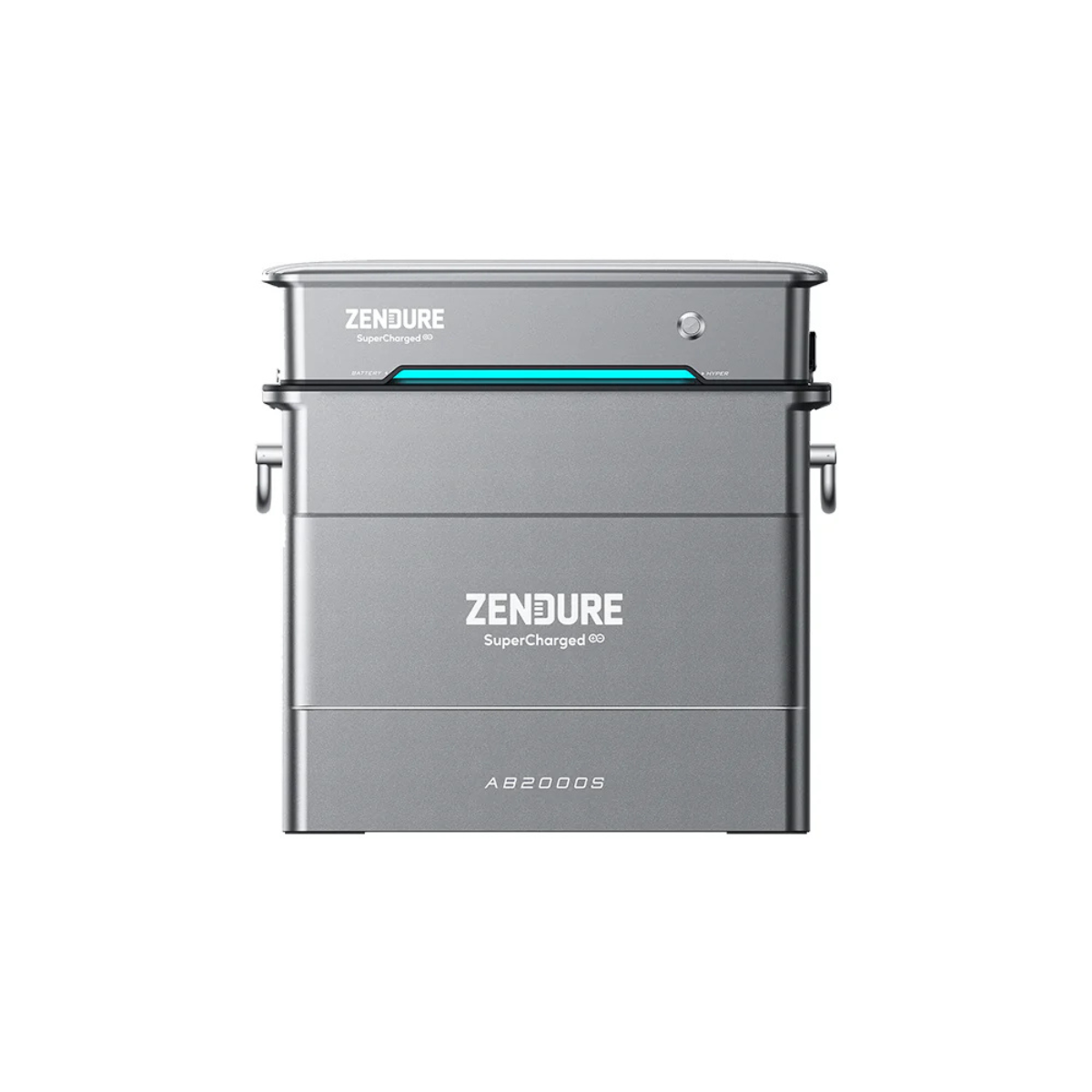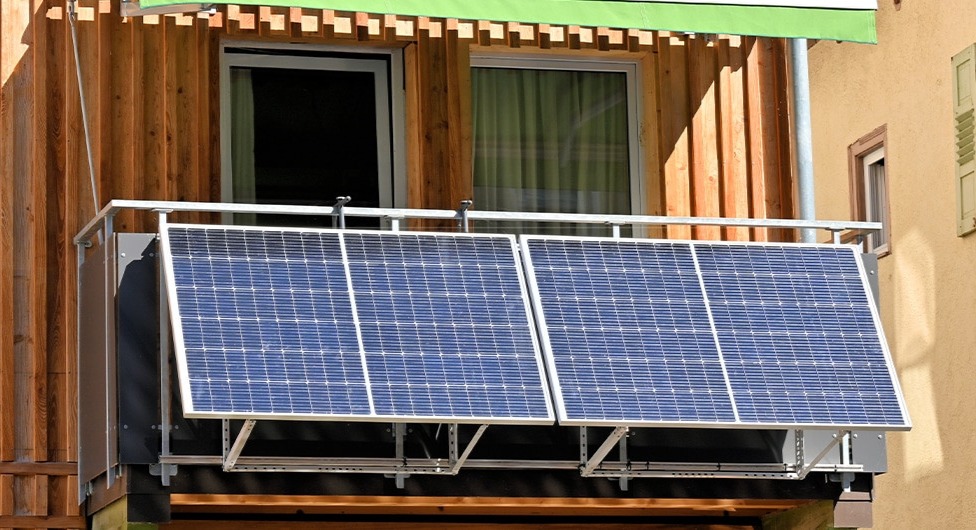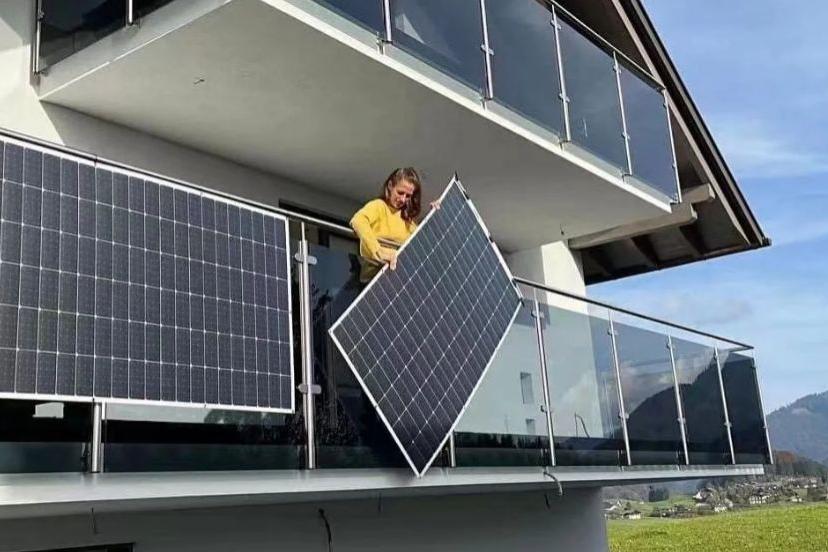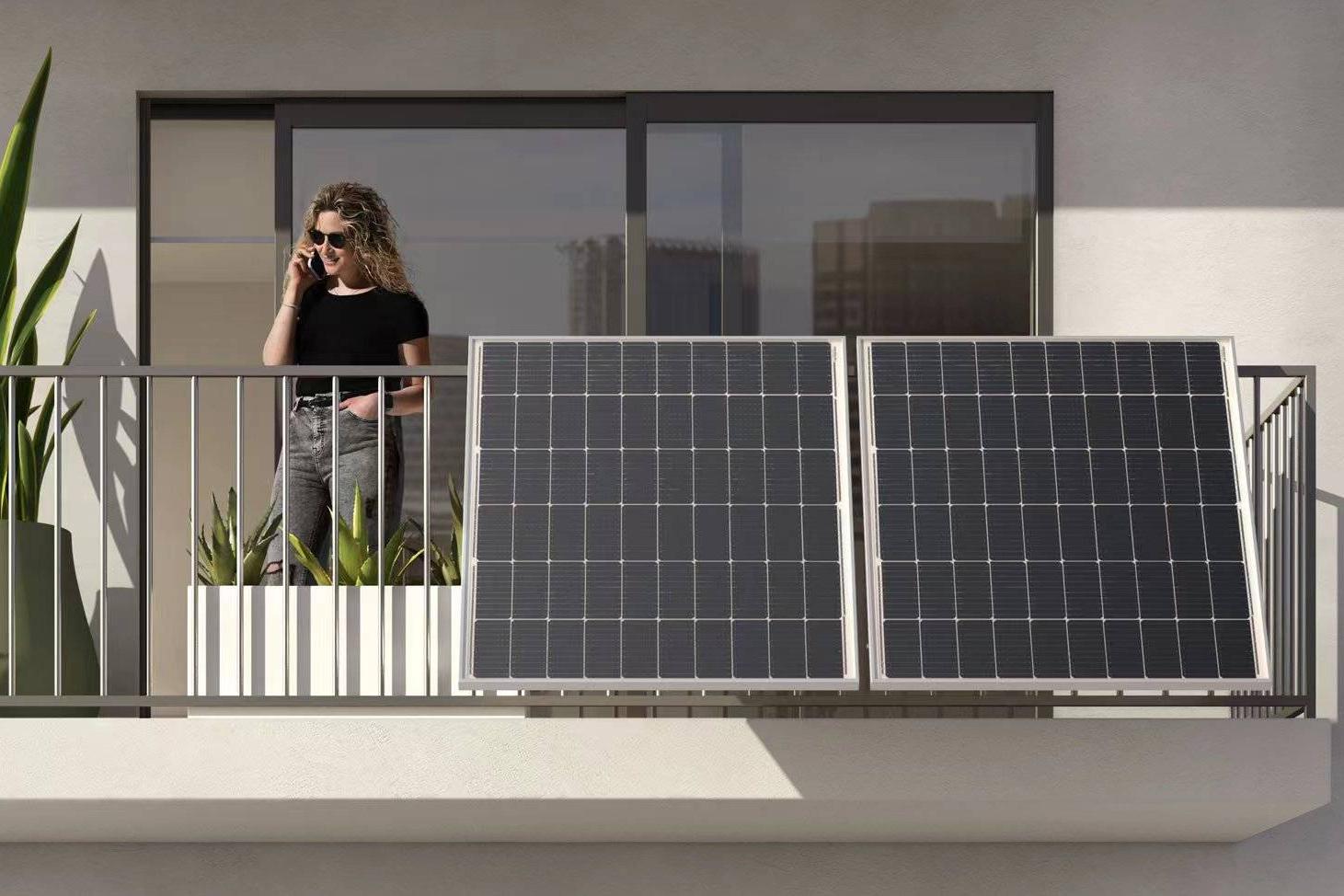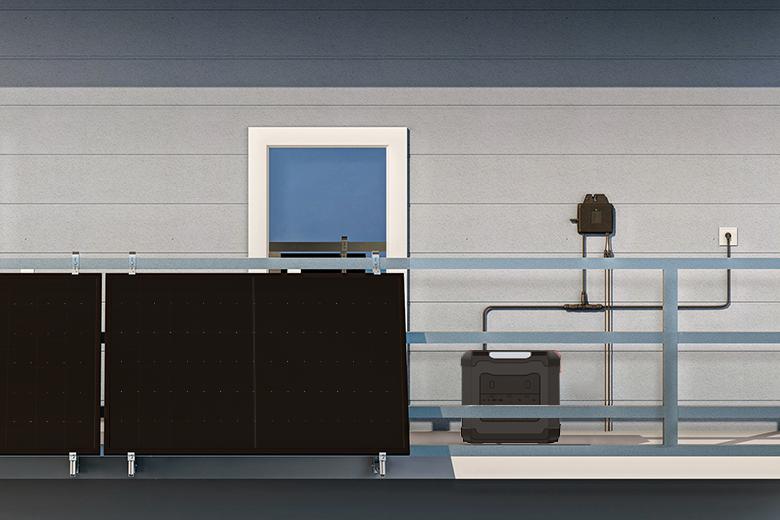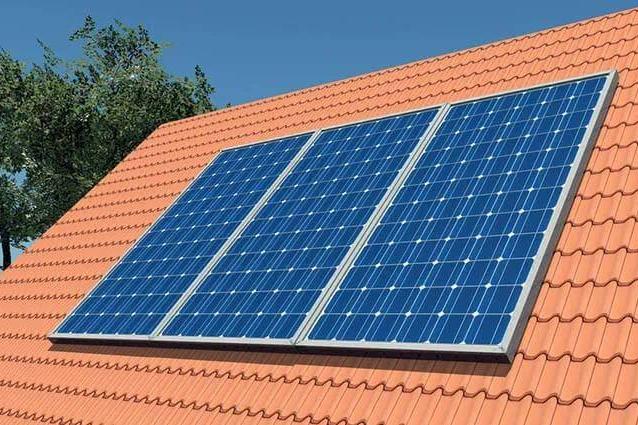blog
The difference between photovoltaics and solar systems
Have you ever heard someone talk about "solar energy" but weren't quite sure what that meant? You're not alone! The world of solar energy can seem complex at first glance, but fear not! Today we'll explore the Difference between photovoltaics and solar systems By understanding these, you can find your own path to a more sustainable future.

What is photovoltaics?
It's a technology that converts sunlight directly into electricity using solar cells. These cells are typically made of silicon and are the essential building blocks of photovoltaic systems. When solar cells are connected, they form photovoltaic modules, the dark panels commonly seen on roofs.
How does photovoltaics work
- The photovoltaic effect converts sunlight into direct current.
- Since most households use alternating current, an inverter converts the direct current into alternating current for household use.
- The converted electricity is fed into the house via power cables, where it supplies household appliances with electricity.
- Excess energy can be stored in a battery for later use, ensuring a reliable power supply.
Advantages of photovoltaics
- Since photovoltaic systems have few moving parts, they require little maintenance and exhibit little wear.
- These systems are known for their longevity and last 20 to 25 years.
- Houses equipped with photovoltaic systems often achieve a higher market value.
- The modular design allows for customized installations based on individual needs
- Photovoltaics can power various household appliances and even charge electric vehicles. Excess electricity can be fed into the grid to offset the energy consumption.
- Although solar production decreases in winter, the stored energy can still meet household needs.
Disadvantages of photovoltaics
- Installing a photovoltaic system can be expensive, costing on average around €10,000 for a typical 7 kWp system, especially with additional storage.
- The investment can only be amortized after 10 to 15 years.
- The inverter is the only wear component and replacing it can incur significant costs.
What is a solar system?
Photovoltaic systems generate electricity, while solar thermal systems focus on generating heat. Understanding how each works will help you choose the right solution for your energy needs.
How do solar thermal systems work
- Solar panels installed on roofs capture and concentrate sunlight.
- A liquid in these collectors absorbs the solar energy and heats up in the process.
- A pump directs the heated liquid through pipes to a storage tank, where it can provide hot water for heating or domestic use.
- The cooled liquid returns to the solar collector, where it is reheated by the sun.
Advantages of solar thermal systems
- Solar thermal systems are generally cheaper to purchase than photovoltaic systems.
- High-quality solar thermal systems can last up to 30 years if properly maintained.
- Solar collectors require less roof space than photovoltaic modules to generate the same heating energy.
- Maintenance work is limited and mainly involves checking the fluid level and cleaning.
Disadvantages of solar thermal systems
- Excess heat generated can be lost when the storage tank is full, unlike photovoltaic systems that can use batteries for excess electricity.
- Prolonged cloud cover can limit the system's ability to generate sufficient heat, making it difficult to achieve complete independence from other energy sources during the colder months.
- Installing a solar thermal system can be more complex and requires the installation of pipes and additional equipment such as boilers and pumps.

What is the difference between photovoltaics and solar systems?
While both photovoltaic and solar systems use solar energy, they serve different purposes and have different efficiencies. Difference between solar system and photovoltaics helps individuals make informed decisions about which technology best meets their energy needs and provides the best return on investment.
Solar (thermal) systems
- Solar thermal systems are mainly used for heating purposes, usually for heating domestic water.
- With a relatively small collector area (about 4 to 5 square meters) they can cover up to 70% of a household's hot water needs.
- The energy saving potential depends on factors such as building type, insulation and ventilation.
- These systems are known for their high efficiency, often around 50%, but performance varies depending on environmental and construction conditions.
Photovoltaic systems
- Photovoltaic systems generate electricity, with power measured in kilowatt peak (kWp) representing the maximum capacity of the system under ideal conditions.
- Actual performance tends to be lower than rated performance due to factors such as shading, dirt, and system orientation.
- The installation of a PV system with 1 kWp output requires approximately 5 to 7 square meters of space.
- A typical single-family household consumes approximately 1,500 kWh per year, while a family of four consumes 4,500 kWh. A PV system with a capacity of 4 to 5 kWp can meet this demand under optimal conditions.
Which solar solution is right for you?
Choosing between photovoltaic and solar thermal systems depends on your needs. Both have their advantages, but if you're looking for a solution that's easy to install, versatile, and scalable, photovoltaics is often the better option. Let's take a look at some excellent balcony power plant products that offer a simple and efficient way to harness solar energy.
1. Anker SOLIX balcony power station 820Wp solar module
If you're looking for a reliable and simple photovoltaic solution, the Anker SOLIX Balcony Power Station 820Wp Solar Panel is the ideal choice. This compact yet powerful balcony power station is designed for small spaces such as balconies, terraces, or even roofs. It's perfect for city dwellers who want to reduce their carbon footprint without committing to a large-scale solar system.
With the SOLIX 820Wp module, you can save up to €3,320 on electricity costs over 25 years, with an impressive efficiency of 23%. With a 25-year performance warranty of 84.8%, you can trust its reliability. Enjoy quick DIY installation in just 2 hours while adding a sleek black design to your space. You can also monitor your energy production in real time with the intuitive Anker app.

2. Anker SOLIX Balcony Power Station 870Wp Bifacial Solar Module
If you're looking for even greater efficiency, consider the Anker SOLIX Balcony Power Station 870Wp Bifacial Solar Panel. This model is unique because it's bifacial, meaning it can capture sunlight from both the front and back of the panel. This allows it to generate more power in less space, making it perfect for small homes or apartments.
The module's microinverter delivers 600W/800W of power with an impressive efficiency of 25%. It features a convenient plug-and-play design with a Schuko plug for easy installation. You can enjoy smart monitoring via an app that keeps you updated on your system's performance.

3. Anker SOLIX balcony power station 890Wp IBC solar module
The Anker SOLIX Balcony Power Station 890Wp IBC Solar Panel is a premium option for those seeking maximum efficiency. This model utilizes Interdigitated Back Contact (IBC) technology, which improves performance by minimizing electrical resistance within the panel, resulting in higher power output, even in low-light conditions.
With this system, which boasts a peak efficiency of 25%, you can save up to €4,272 on your electricity bill over 30 years. It comes with a 30-year 88.8% efficiency warranty, ensuring long-lasting reliability. Enjoy quick DIY installation in just 2 hours and enhance your space with its sleek black design. Plus, you can monitor your energy production in real time with the easy-to-use Anker app.

Conclusion
In summary, understanding the difference between photovoltaics and solar panels can help you choose the best solar solution for your home. For most homeowners, photovoltaics is the more convenient option, especially with various compact solutions that offer high efficiency in a small space. In short, each method offers a great starting point for harnessing renewable energy.
FAQs
What is the difference between a photovoltaic system and a solar system?
The difference between solar and photovoltaic systems lies in their functions. Photovoltaic modules convert sunlight directly into electricity, while solar thermal modules convert solar radiation into heat. Rather than competing with each other, these systems can complement each other, allowing you to effectively harness both electricity and heat from solar energy.
Can you combine photovoltaics and solar?
Yes, you can combine solar thermal and photovoltaic systems into a single system, commonly referred to as a hybrid solar system. This integration allows you to utilize both electricity generation and heat production, maximizing the efficiency and benefits of solar energy for your home or business.
When is a solar system not worthwhile?
A solar system may not be worthwhile if your location receives little sunlight or is frequently in shade, as this reduces energy production. High installation costs relative to potential savings may also make it economically unviable. Furthermore, if you plan to move soon, the payback period may not fit your current location.


